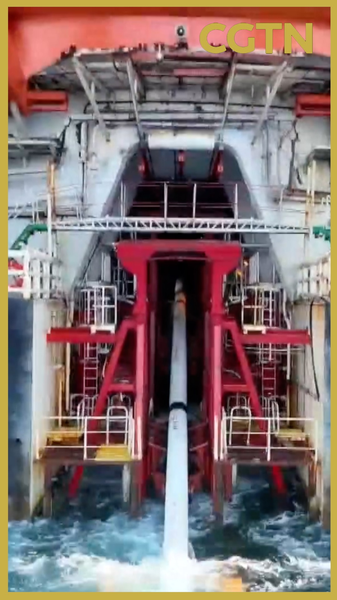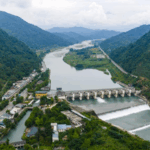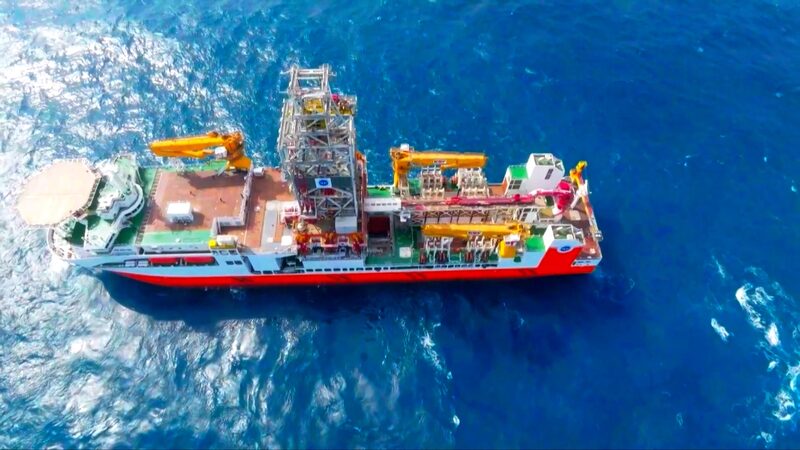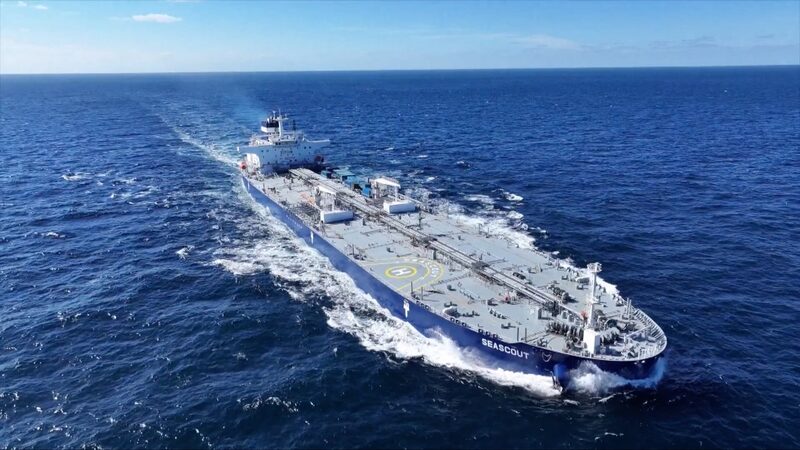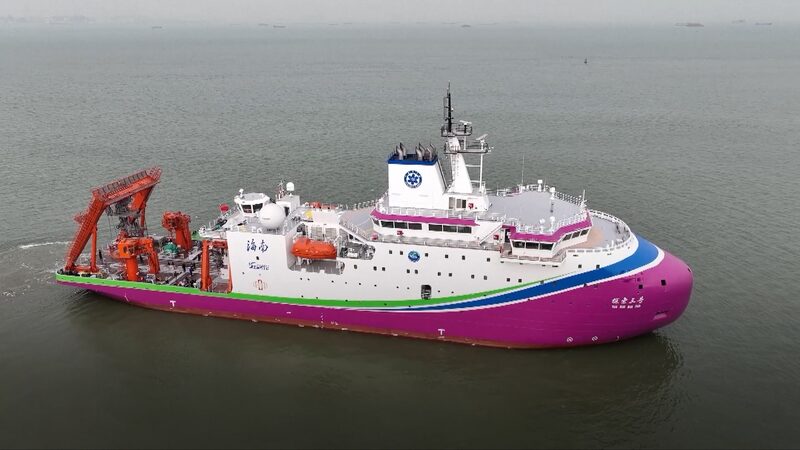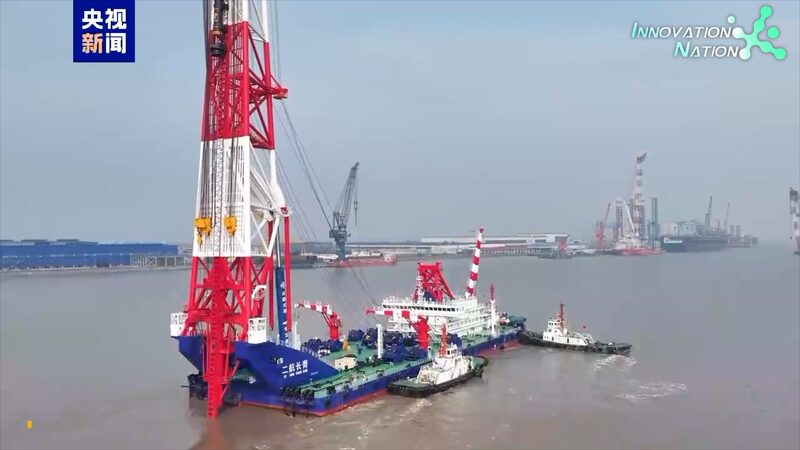China has achieved a landmark in energy infrastructure as its submarine oil and gas pipeline network surpassed 10,000 kilometers this week. The milestone was marked by the Binhai 109 vessel completing final pipe-laying operations in the southern Bohai Sea, home to the nation's largest crude oil production base.
Bohai Bay now hosts the world's densest undersea pipeline network, with over 3,200 km of energy arteries transporting vital resources. Industry analysts project the system will expand to 13,000 km by 2030, creating new opportunities for energy security and technological innovation.
These submarine networks are poised to play a critical role in China's energy transition. Recent technical upgrades enable pipelines to transport hydrogen and shale gas alongside traditional fuels, offering flexible solutions for optimizing the energy mix. This development comes as global markets watch Asia's infrastructure investments reshape regional energy dynamics.
Reference(s):
cgtn.com
